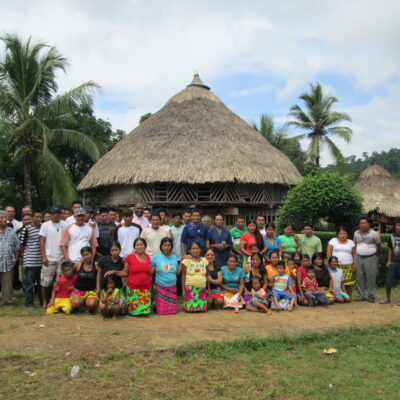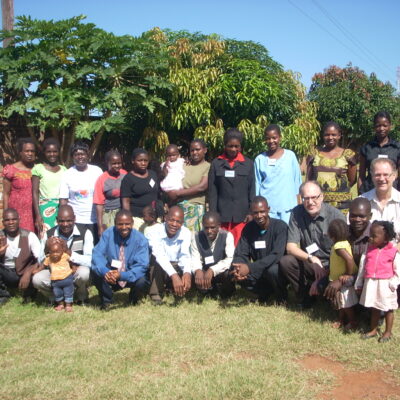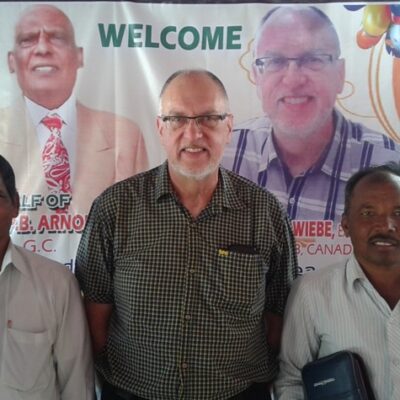*David will bring the opening address to Thailand 2017 from Mark 11:20-25. Since many ICOMB readers will not get a chance to participate, David will use these next months to share from this message.*
Mark 11 tells the story of Jesus’ triumphal entry into Jerusalem. The following day he cleansed the temple. In between he cursed the fig tree that had no fruit, just leaves “because it was not the season for figs” (11:13). Peter noticed the next day that the fig tree had withered to its roots, and said, “Rabbi, the fig tree you cursed has withered!” Jesus replied, “Truly, I say to you, whoever says to this mountain, ‘Be taken up and thrown into the sea,’ and does not doubt…it will be done for him” (11:21-23).
It always seemed strange to me that Jesus “answered” Peter with a reference to moving mountains. But all became clear when I visited Jerusalem and walked the same path they did between Bethany and Jerusalem. The ancient path crossed over the Mount of Olives, where you can see the beautiful city, with the temple mount in the foreground. Herod’s beautiful temple of Jesus’ day has been replaced by the Dome of the Rock mosque today.
On the Mount of Olives, on a clear day, you can also see the remains of Herod the Great’s other project of Jesus’ day, the Herodium. It’s 10 km south. Herod got nicknamed “Mountain Mover” with that project because thousands of workers flattened a small mountain so the Herodium could be built.
Jesus was tying a number of symbols together. The fig tree out of season represented the fact that the Jewish religious system was going out of season. You can see the connection because Mark 13 speaks of the destruction of the temple and ends with another lesson from the fig tree. The temple represented the grandeur and center of Judaism – but it had been taken over by Herod. In Jesus’ day the temple was a tourist attraction almost more than a place of worship. “You have made it a den of thieves” said Jesus.
So “moving a mountain” for Jesus meant in the coming days he would begin the process with his death and resurrection. After Jesus departed and sent the Holy Spirit to empower his followers, the church would move mountains to bring the gospel to the ends of the earth (Acts 1:8). And in the near future (70 AD) Jerusalem would be overthrown, and “not one stone of the temple would be left upon another” (Mark 13:2). Nothing would be left of the “Mountain Mover’s” great project.
How should we apply this text today? Typically we apply it personally to some big challenge – a family issue; health; employment, safety. That’s fair – God invites us to ask. But I think Mark – and Jesus – invite us to lift our eyes to larger projects. What mountain are we called to move for the Kingdom in our neighborhood? …through our church? …in our world?
To move such mountains takes focus and resolve – “we do not doubt in our heart” (11:23). This means we think and pray through such challenges. We discern the challenge with others because it’s bigger than just ourselves. It’s big enough to transform lives and even neighborhoods and communities.
This is what it means for the church to be on mission. May God guide us to the mountains he wants us to move!
Next month: Mark 11:24 and its hidden challenge.








